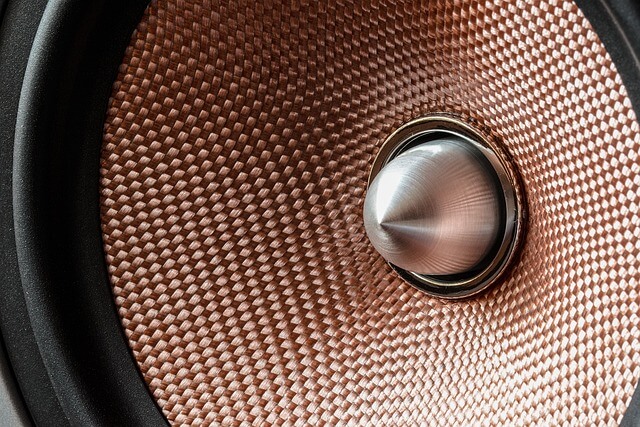Optimizing Sound Quality in Large Venues: Best Practices for Commercial Sound Equipment
Achieving impeccable sound quality in large venues is a significant challenge, yet it’s fundamental to the success of any event held in such spaces. Whether it’s a concert hall, a conference center, or a sports arena, the clarity and balance of sound can profoundly impact the audience’s experience. Here, we explore several best practices for using commercial sound equipment to optimize audio performance in large environments.
Firstly, understanding the unique acoustical characteristics of the venue is crucial. Each space offers different challenges, such as varying ceiling heights, multiple seating areas, and different materials that can absorb or reflect sound in ways that can either enhance or degrade sound quality. Conducting a thorough acoustic analysis of the venue will allow you to understand how sound travels within it and where sound absorption might be necessary to prevent echoes and reverberations.
Positioning of commercial audio speakers is another critical aspect of optimizing sound. In large venues, sound needs to be evenly distributed to ensure that every member of the audience receives a clear audio experience, regardless of their location. This often means utilizing a combination of main, satellite, and fill speakers to create a coherent sound field. Strategic placement of commercial speakers helps in covering all areas effectively while minimizing overlap that could cause muddiness or feedback.

Image Source: Pixabay
Speaker quality and capability must match the demands of the venue. Commercial audio speakers designed for large venues are built to provide powerful output without distortion even at high volumes. These speakers must not only be powerful but also capable of delivering clear, detailed sound. Choosing the right type of speaker for the frequency ranges that need to be emphasized can also make a significant difference in sound quality—whether it’s full-range, mid-range, or subwoofers for those deep lows.
Calibration of the sound system is another essential step. With the use of advanced sound engineering tools, such as equalizers and digital processors, the audio output can be fine-tuned. Adjusting frequencies to compensate for natural acoustics or to highlight certain sounds can enhance overall clarity and prevent certain frequencies from becoming overwhelming or lost in the mix.
Regular maintenance of your commercial sound equipment also plays a role in sound optimization. This includes routine checks and servicing of all components to ensure they are functioning at their best. Dust, humidity, and general wear and tear can affect the performance of sound equipment over time. Ensuring that all parts are clean and in good working order can prevent issues during performances.
Another best practice is conducting sound checks before any major event. This allows the sound team to adjust the setup based on real-world conditions, which can vary daily based on changes in the audience size, other equipment in use, and even weather conditions for outdoor venues. During sound checks, it’s beneficial to have team members positioned throughout the venue, providing feedback on sound quality to make real-time adjustments.
Finally, continuous learning and adaptation of new technologies play a significant role in maintaining optimal sound quality. The field of audio technology is continually evolving, with new advancements in speaker design, sound modeling software, and acoustic materials. Staying informed about these developments and being open to adopting new methods can lead to significant improvements in sound delivery.
Optimizing sound quality in large venues requires a detailed understanding of acoustics, meticulous planning of speaker placement, careful selection of appropriate commercial audio speakers, and regular system maintenance. By adhering to these best practices, sound engineers and venue managers can ensure that every event sounds as good as possible, providing an unforgettable auditory experience for the audience. This proactive approach to sound management is not only about solving acoustical challenges but also about enhancing the overall experience of each event held in large venues.
Comments